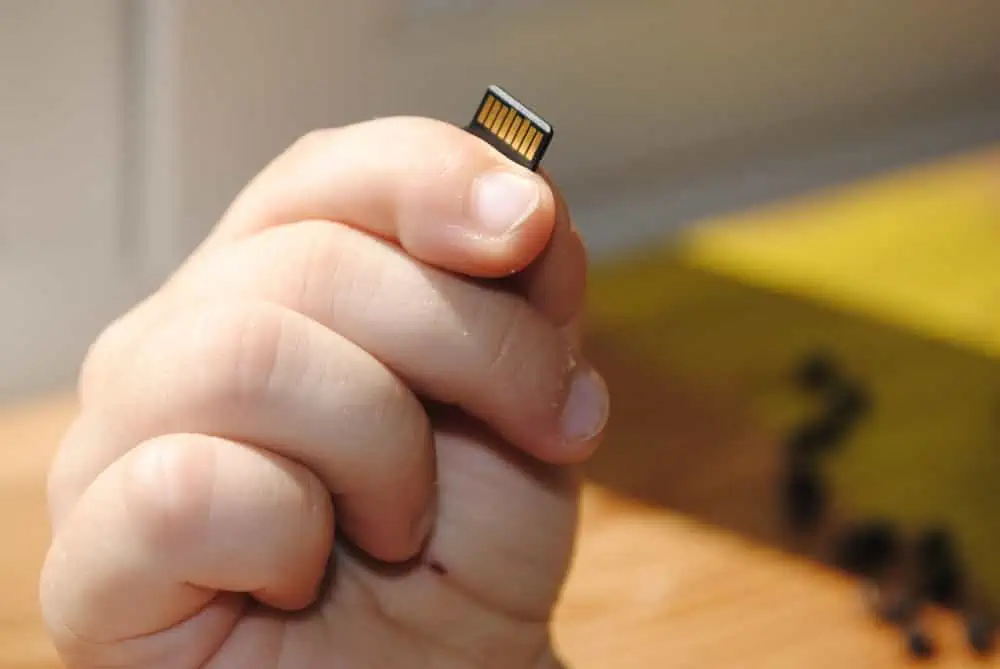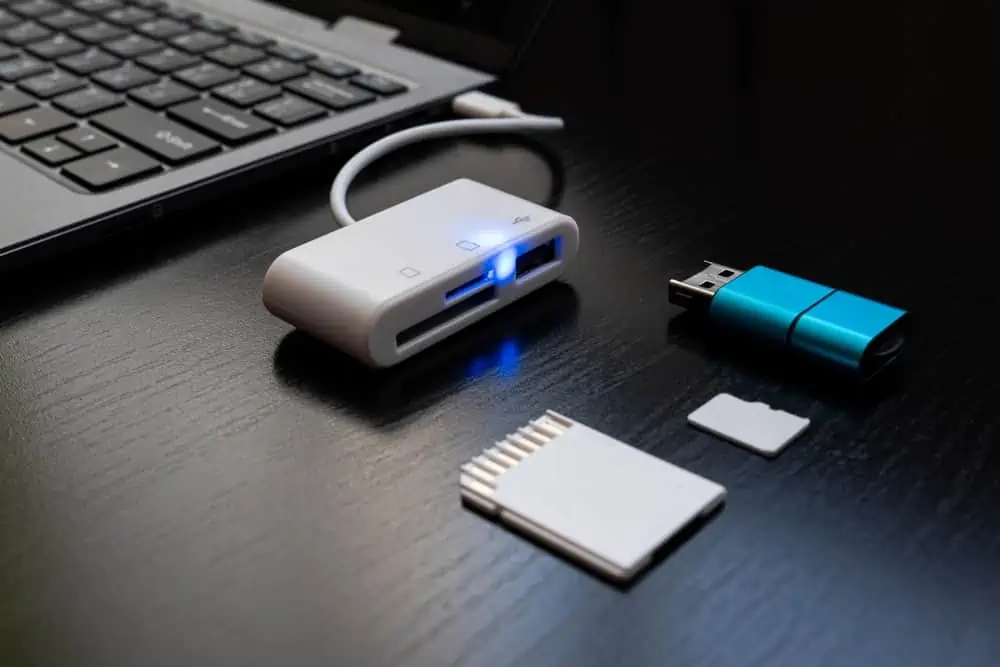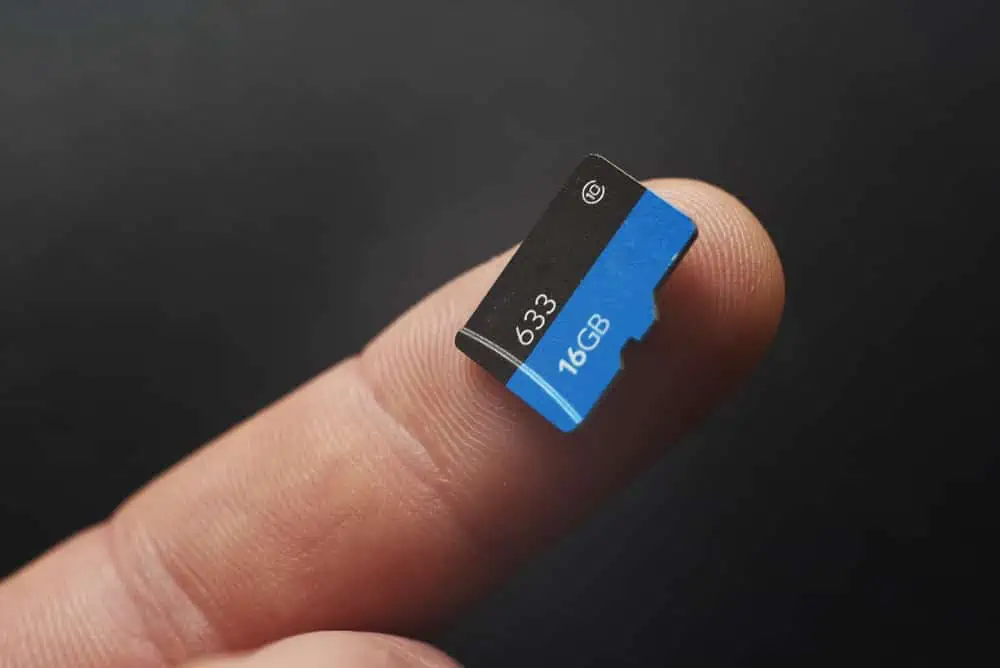Do you need a better way to manage your Windows disk volumes than basic partitioning? Then, you need to learn about Dynamic Disk and I’ll tell you how it works.
Overview
When you install Windows Operating System, it creates basic partitions on the hard disk. Later, you can choose to create dynamic partitions using the Windows Disk Manager tool.
A Dynamic Disk is a hard disk with dynamic partitions. In comparison, this newer disk management scheme is more flexible than using the basic disk partitioning scheme.
A dynamic management scheme will create partitions (volumes) and logical drives for file storage. These volumes are labeled with separate drive letters (for example E:).
After creating dynamic volumes (partitions), you can format these volumes with FAT, FAT32 or NTFS (New Technology File System).
Furthermore, both dynamic and basic disks support the master boot record (MBR) partition styles. The two disk partitioning schemes also support the GUID partition table (GPT) partition styles.
Unlike the older basic disks, the newer dynamic disk management scheme creates partitions (volumes) that span multiple physical disks. The dynamic volumes that span multiple physical drives are called spanned or striped volumes.
Unfortunatley, spanned or striped volumes are not fault-tolerating. In addition to creating spanned or striped volumes, you can also create fault tolerate volumes.
The two fault tolerant dynamic volumes are RAID-5 and mirrored volumes (more on this later in the guide).
In the next section, we’ll look into how this disk partitioning scheme works.
How Does Dynamic Disk Work?
For basic partitions, a basic disk keeps track of all partitions’ information using a partition table.
Conversely, a dynamic scheme does not use a partition table to keep a disk or a volume’s information. Instead, it uses a more flexible database to store such information.
On MBR partition style, it keeps the database in the last 1 MB space of the disk. However, on GPT partitions, the database is contained in a reserved partition of 1 MB size also.
Moreover, a logical disk manager (LDM) and virtual disk service (VDS) retrieves the configuration information of the Disk. These are Windows APIs (application programming interfaces) that perform configuration and queries on disks.
Interestingly, a dynamic volume can repair its damaged database using information from another volume’s database. The reason for this is that each Dynamic Disk stores a copy of this same dynamic database file.
Features of a Dynamic Disk
At this point, I believe you can picture the operation mechanism of this disk technology. Thankfully, this section will help you to understand it better by focusing on the disk’s features.
So, below are some important features of the new disk management tool for Windows.
Uses a Special Type of Volume Called Dynamic Volume
The term volume refers to a disk partition or section formatted with a valid file system (mainly NTFS for Windows).
As I mentioned earlier, a volume has a drive letter assigned to it, such as C: Also, it has a Win32 pathname that can be queried from the command prompt.
Specifically, the type of disk volume used by a Dynamic Disk is called dynamic volume. It is possible to split, convert, and expand dynamic volumes even after creating them.
You can have up to 2,000 dynamic volumes on the same hard drive. It doesn’t matter if your disk uses MBR or GPT partition scheme.
However, it is better if you have just 32 dynamic volumes or less on a physical disk.
It Manages Volumes or Partitions’ Information Using a Database
With so many partitions on the same disk, you might wonder how to distinguish the volumesn (or partitions). You do not need to worry about this since the dynamic partition scheme takes care of it.
A Dynamic Drive makes use of a Virtual Disk Service (VDS) and a Logical Disk Manager (LDM) database. These databases provide a user interface for analyzing disk volumes, sizes, and formats.
Behind the scene, the database sends queries to your computer’s disks and get their responses. With the responses, it can draw a graphical representation of your disk partitions.
You Can Create 5 Types of Volumes with the Dynamic Disk Partitioning Scheme
One can create five different types of volumes on a Dynamic Disk. They are Simple volumes, Mirrored, Striped, Spanned, and RAID-5 volumes.
Notably, these types of volumes provide functionalities that a basic disk cannot offer.
For instance, a mirrored volume creates a duplicate copy of data in two pf more physical drives. As I mentioned earlier, mirrored volumes are fault tolerant.
By “fault tolerant”, I mean that if one of the physical disks fails, you can replace the failed disk and recover the mirrored volume.
Also, a spanned volume combines the hard drive space available in two or more physical hard drives to create a dynamic volume. Unlike mirrored volumes, spanned volume are not fault tolerant.
Meanwhile, a basic disk’s partitions comprise one set of adjacent storage spaces. So, its expansion does not go beyond the same physical disk.
These are functionalities that a basic disk cannot offer.
It Also Supports 5 Different Types of Operations
Certain operations are common to both basic disk management and the dynamic scheme. Nevertheless, certain operations are peculiar to the dynamic scheme only.
Five of the major operations that distinguish the Dynamic Disk from the basic partitioning are:
- The dynamic scheme can reactivate a missing hard drive.
- It can repair Mirrored or RAID-5 volumes using pieces of information in the dynamic database.
- It also supports spanning or extending a volume across different physical disks.
- Removal of a Mirrored volume or breaking it into two volumes
- Creating and deleting Simple, Spanned, Striped, Mirrored, and RAID-5 volumes.
Only Available in Windows Operating Systems
You may have gathered that this disk management scheme is only available in Microsoft’s Windows Operating System.
Specifically, you can create Simple, Spanned, Striped, Mirrored and RAID 5 volumes in Windows 8.1, 10 and 11. You can also create these dynamic volumes in Windows Server Operating Systems.
Some of the Windows Server OS that support dynamic volumes are Windows Server 2008, 2012, and 2016. In addition to those, the latest Windows Server 2022 also supports dynamic volumes.
Pros Of Dynamic Disk
Ability to Create and Delete Different Disk Volumes
The first benefit of this disk management technology is that it allows you to create or delete the different types of volumes discussed in the last section.
It Offers Additional Benefits of More Space and Improved Performance
Another benefit of the dynamic scheme is that it can create volumes that span multiple physical drive. This offers the additional benefit of more space and improved performance.
It Creates Fault-tolerant Volumes
As I mentioned earlier, you can create Mirrored and RAID-5 dynamic volumes. These two volume types support fault tolerance.
Fault tolerance means that if one of the disks fails, you can recover the volume and your data. This offers great benefits in case losing your data has serious financial consequences.
Ensures Easier Management of Disks and Volumes
With a dynamic partitioning scheme, you can perform hard drive and volume management without having to restart the operating system.
The Number of Partitions (Called Volumes) is Relatively Unlimited
Normally, there is no difference between the primary partition and the logical partition. You can treat non-adjacent volumes as the same partition, and use it without merging them.
For example, suppose there are three dynamic volumes D, E, and F on a hard drive in that order. After shrinking F, you can save some space behind F.
Then, you can assign F to D or E to use it without actually moving the F partition
Cons of Dynamic Disk
Doesn’t Allow Dual Operating Systems
A Dynamic Disk sees every partition as a primary partition. So, it cannot boot with an operating system on any volume other than the current system volume.
Therefore, dual boot or multiple-boot is not supported. In other words, a user who has multiple Operating Systems can’t take advantage of them on a Dynamic Disk.
No Automatic Detection Capability
After moving a Dynamic Disk to another computer, the new computer will not detect the disk after startup. You must go to your computer’s “Disk management” to manually set the new disk up.
Under Disk management, you’ll select “online” or “activate” or “import external disk” for the new disk before you can use it.
Though it only needs to be imported once, and there is no need to import it next time.
Converting From Dynamic Back to Basic Disk Can Result in Data loss
Another disadvantage of a Dynamic Disk is that you must delete all its volumes before you can revert it to a basic disk. This is not the case when you’re converting from basic partition to dynamic volumes.
However, you can restore data from an invalid Dynamic Disk. Even at that, the process may not be very easy, especially if you’re not a computer geek.
Lack of Tools to Repair Corrupt Disk Sectors
There are nearly no tools to fix the disk if it has corrupt sectors. This is the case, especially with spanned and stripped dynamic volumes.
Nevertheless, Mirrored and RAID-5 volumes can tolerate faults with the help of a dynamic database. This tolerance stems from its ability to repair a faulty disk’s database with another disk’s database.
Conclusion
Using or converting to a Dynamic Disk has several advantages. Nevertheless, it has disadvantages too.
On a basic disk, adding space is done by extending a partition to a free adjacent disk space. However, you cannot extend a partition beyond one physical disk.
Impressively, the dynamic scheme allows for extending a single volume to other physical drives. This enables having more storage space for a dynamic volume.
In conclusion, you’ll benefit from using a Dynamic Disk on your computer. However, that will not allow you to run more than one Operating System on your computer.
I hope I was able to explain Dynamic Disk and how it works. I also hope that you found the article easy to understand.
If you did, click on “Yes” beside the “Was this page helpful” question below. You may also express your thoughts and opinions by using the “Leave a Comment” form at the bottom of this page.
Finally, you may find other helpful articles on our Storage & Disk Technology Explained page.



